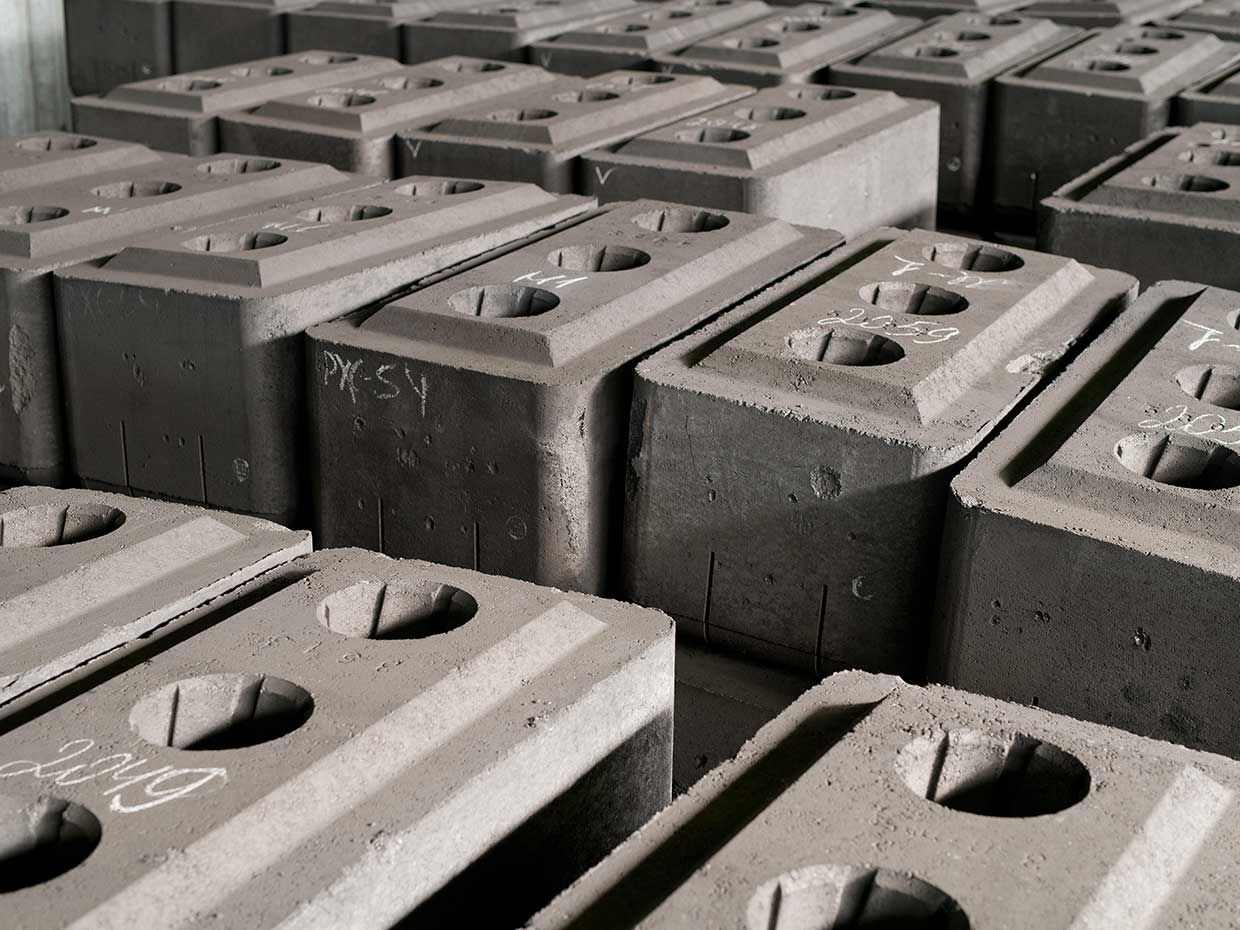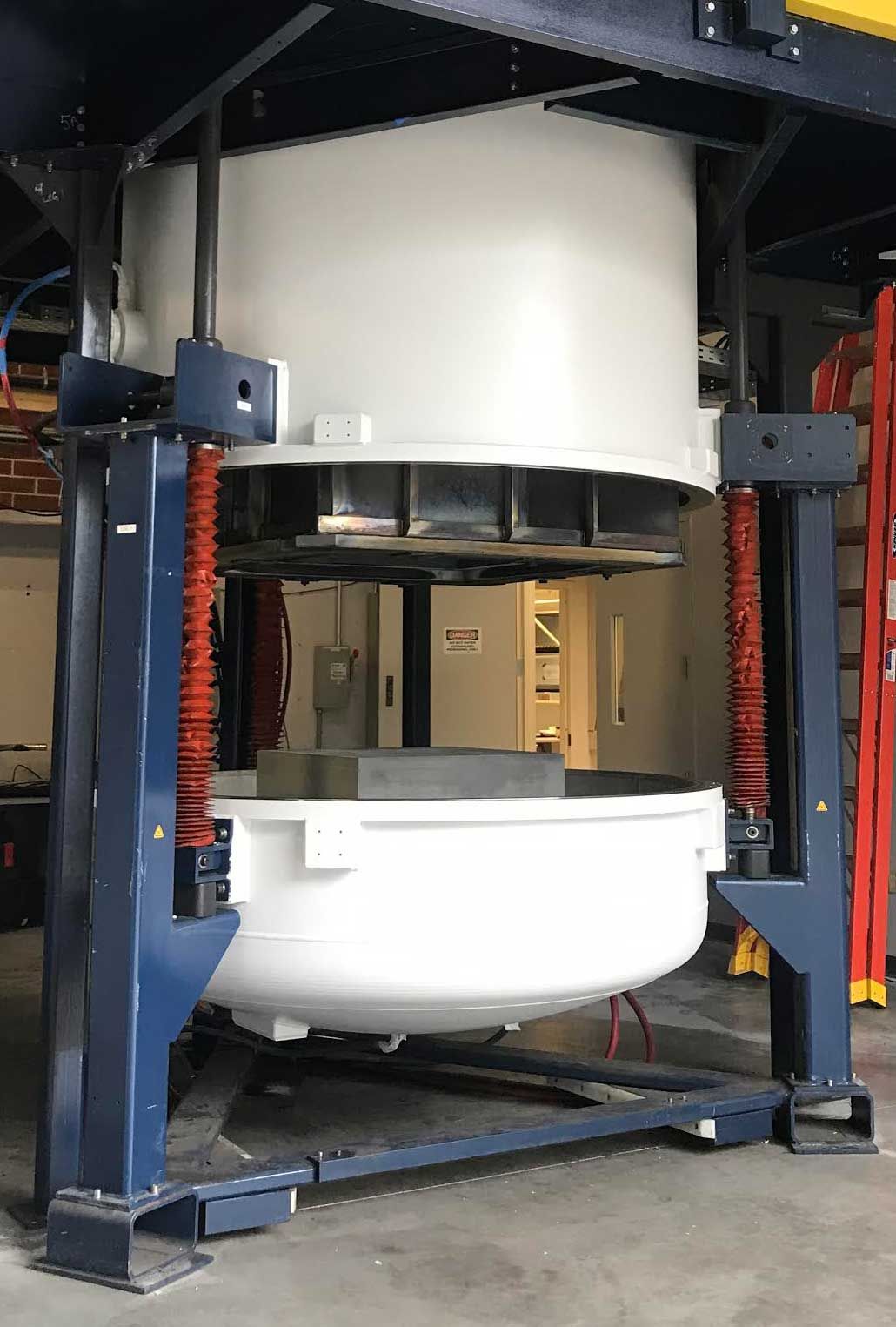
Solar farms help bees: Solar farms emerging as sanctuaries for declining wild and honey bee populations.
In an unexpected turn, solar farms help bees and are emerging as potential sanctuaries for declining bee populations, providing a secondary purpose beyond clean energy generation. A recent study reveals that strategically planting native flowers and grasses around solar installations significantly enhances the population and diversity of crucial pollinators like bees, offering a promising avenue for both clean energy expansion and environmental conservation.
Research conducted by scientists from the Department of Energy’s Argonne National Lab, in collaboration with the National Renewable Energy Lab, focused on assessing the impacts on insects from two large solar installations situated on retired farmland in Minnesota. Enel Green Power North America, the operators of these solar sites, undertook the initiative to plant wildflower mixes alongside the panel arrays during construction in 2018. The researchers then conducted comprehensive year-round insect surveys at these facilities from 2018 to 2022.
The findings from the study are nothing short of remarkable; solar farms help bees. Over the five-year observation period, both native bee and monarch butterfly populations increased more than twenty-fold. The areas surrounding the solar panels transformed into thriving, prairie-like habitats abundant with essential flowering nourishment. The overall insect populations tripled, surpassing initial expectations. Additionally, these flourishing hubs of pollinators are extending benefits to vegetation in nearby agricultural areas, as evidenced by satellite imaging.
Dr. Lee Walston, an ecologist at Argonne and the lead author of the study, expressed enthusiasm about the scale of positive influence managed solar landscapes can have on insect biodiversity and abundance. The strategic integration of natural ecosystem elements adjacent to renewable projects, as demonstrated in this study, could potentially offer a win-win scenario, supporting the expansion of clean energy infrastructure while addressing the decline in insect populations.
The research underscores the concept of “solar sharing” – a departure from the traditional approach of isolating solar infrastructure from its surroundings. By allowing vegetation to thrive around solar facilities, solar farms help bees, and a new haven is created to support fragile bee colonies. The collapse of global bee populations poses a severe threat to agriculture, as over $500 billion in crop production relies on natural pollination annually.
But it doesn’t have to be only about the bees. Agrovoltaics refers to co-locating agriculture and solar photovoltaic systems on the same land. The solar panels are elevated and spaced out to allow crops to be grown underneath while allowing sunlight to reach the crops. The partial shade created by the solar panels can benefit certain crops by providing shelter, reducing evapotranspiration, and lessening weed pressure. The crops benefit the solar infrastructure by reducing heat under and around the panels.
Some bee-friendly crops and flowers that could thrive under the partial shade of solar panels include potatoes, cabbage, kale, carrots, Brussels sprouts, celery, spinach, onions, garlic, lettuce, arugula, strawberries, asparagus, leeks, swiss chard, parsley, oregano, green beans, sunflowers, cosmos flowers, marigolds, clovers, borage, and many varieties of wildflowers. These provide nutrient-rich pollen and nectar that support diverse bee populations.
These findings open the door to a new perspective on the relationship between solar power and ecological conservation. Instead of erecting barriers, solar infrastructure can be designed to coexist harmoniously with the environment. The success observed in this study suggests that solar farms help bees and can play a crucial role in aiding declining bee populations, offering hope for preserving essential pollinators.
As the world grapples with the urgent need for sustainable practices amid the climate crisis, the authors hope these groundbreaking findings will inspire further research. Exploring habitat-friendly solar blueprints to integrate nature into the urgent climate transition could be a transformative step forward. Dr. Walston emphasized the potential symbiosis between solar power and ecological conservation, envisioning bees flocking to blossoms beneath solar panels, which may reveal surprising pathways to advance sustainable energy and agriculture concurrently.
In conclusion, solar farms help bees. Once seen solely as agents of clean energy, they are now emerging as potential allies in the crucial mission to preserve and protect bee populations. This unexpected synergy between renewable energy infrastructure and environmental conservation opens doors to innovative solutions that could redefine the future of sustainable energy and agriculture.
Source Happy Eco News



